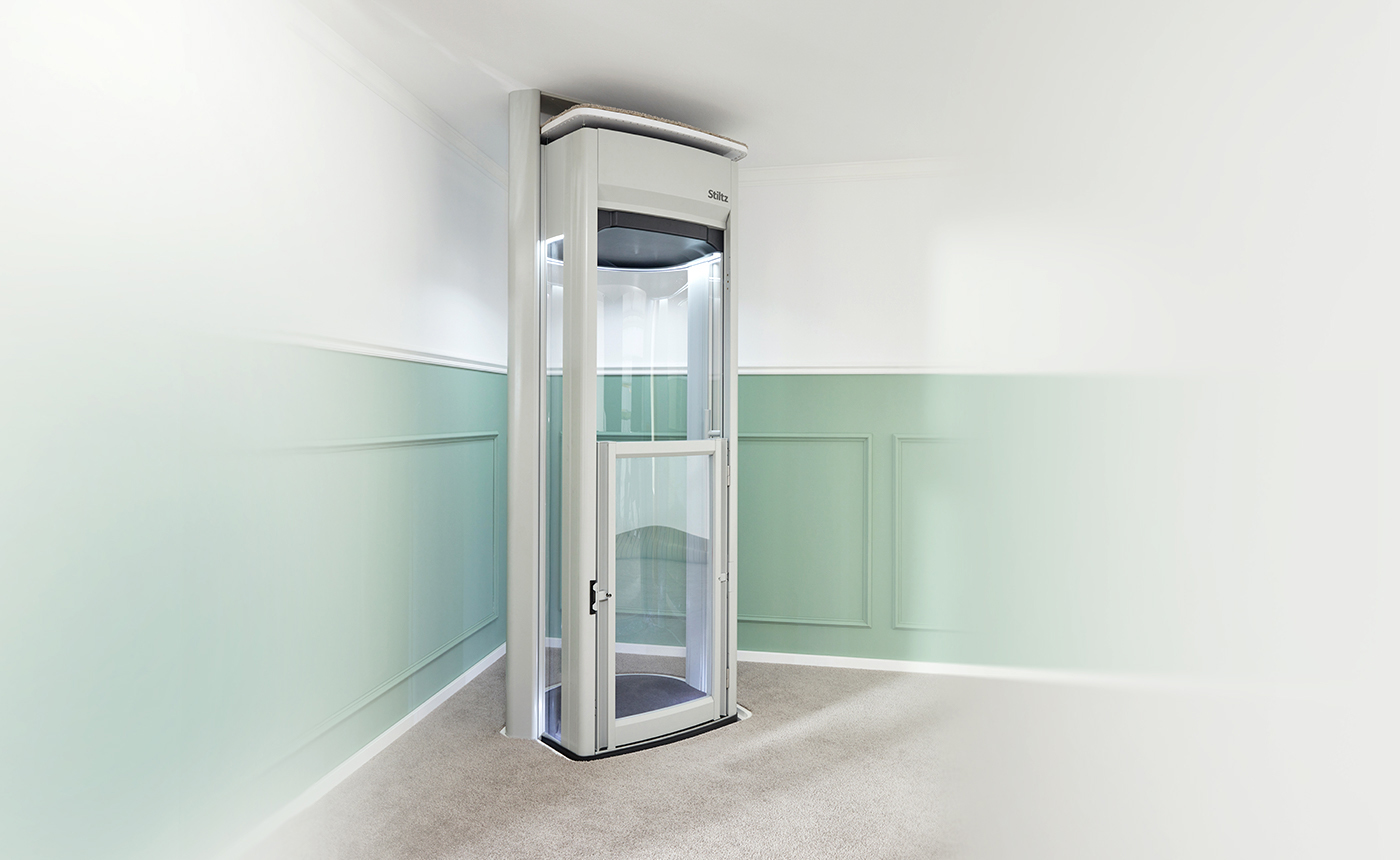We Maintain Lifts to the Highest Criteria: Reliable Service for All Lift Types
We Maintain Lifts to the Highest Criteria: Reliable Service for All Lift Types
Blog Article
Delving Into the World of Elevators: Typical Concerns Encountered by Different Lift Devices
As we browse via the upright transportation systems of modern buildings, lifts stick out as an indispensable element of our day-to-days live. Nevertheless, behind their seamless procedure lies a globe of elaborate mechanisms that can sometimes run into obstacles. From hydraulic elevators to traction systems and machine-room-less styles, each lift kind comes with its set of common concerns. Recognizing these obstacles is vital for making sure the smooth performance of these essential systems. Allow's discover the complexities that underlie the procedure of lifts and the possible concerns that can develop, clarifying the elaborate web of lift mechanisms.
Hydraulic Lifts
Hydraulic elevators, often liked for low-rise buildings, make use of fluid pressure to manage the activity of the lift auto (lift repair companies). This mechanism entails a hydraulic pump pushing oil into a cyndrical tube, creating the lift to relocate the desired direction. While hydraulic elevators are recognized for their quiet and smooth procedure, they do feature their own set of usual problems
One prevalent trouble with hydraulic elevators is oil leak. In addition, problems with the control system, such as malfunctioning valves or a malfunctioning pump, can cause interruptions in the lift's activity.
Routine upkeep and timely repair work are essential to make certain the smooth performance of hydraulic lifts. By resolving these typical concerns proactively, building proprietors can reduce downtime and guarantee the safety and security and efficiency of their upright transportation system.
Grip Lifts
When considering upright transport systems in structures, an additional typical kind apart from hydraulic lifts is the grip lift. Traction elevators run making use of a system of ropes and weights that move the elevator automobile by grasping onto the hoist ropes. This device permits smoother and much faster vertical transportation contrasted to hydraulic systems.
One of the typical concerns dealt with by grip elevators is rope wear. The consistent activity of the ropes within the traction system can cause tear and put on in time, possibly triggering the elevator to breakdown or become risky for usage. Routine assessments and upkeep of the ropes are necessary to ensure the elevator's correct performance and safety and security.
One more issue that traction lifts might encounter is associated with the control system. Problems with the control system can lead to problems such as erratic activity, hold-ups in response times, or perhaps total closures. Routine screening and maintenance of the control system are crucial to stop such concerns and guarantee the lift's reliability.
Machine-Room-Less (MRL) Elevators

One of the vital components of MRL elevators is the small gearless traction device that is installed within the hoistway. This equipment effectively drives the elevator car without the requirement for large equipment located in typical grip lifts. Additionally, MRL elevators typically use a counterweight system to stabilize the car, additional enhancing their power effectiveness.
Despite their benefits, MRL lifts may encounter difficulties related to maintenance and repair work due to the confined room for equipment installment. Accessibility for servicing elements within the shaft can be restricted, calling for specialized training for technicians. Appropriate maintenance routines and regular assessments are critical to guarantee the ongoing smooth operation of MRL lifts.
Overloading and Weight Limit Issues
Overloading and weight limit concerns are crucial issues in lift operations. Lift manufacturers layout lifts with particular weight abilities to make sure passenger safety and security and equipment durability.
When lifts are overwhelmed, it places extreme stress on the electric motor, cords, and other components, potentially creating breakdowns or breakdowns. If they find excess weight, safety and security mechanisms such as sensors and overload sensors are in location to avoid lifts from moving. Furthermore, going beyond weight restrictions can lead to boosted energy consumption and damage on the elevator system.
To reduce overwhelming problems, constructing managers should prominently present weight limitations in lifts and inform owners on the importance of adhering to these restrictions - lift repair companies. Normal maintenance checks by qualified professionals can additionally aid make sure that lifts are running within secure weight criteria. By attending to overloading and weight restriction problems proactively, structure owners can improve elevator hop over to here safety and performance
Electric System Failings
Exceeding weight limits in elevators can not just lead to mechanical problems but additionally potentially contribute to electric system failures within the lift framework. Electric system failures are an important worry in lift operation, as they can cause unexpected closures, breakdowns, or even safety and security dangers.
Normal upkeep and inspections are critical to identify and deal with prospective electric issues promptly, making certain the risk-free and effective operation of elevator systems. By adhering to weight limits and performing regular electrical system checks, building proprietors can reduce the risk of electric failings in elevators.
Final Thought

Hydraulic lifts, important link typically favored for low-rise buildings, make use of fluid stress to control the activity of the elevator cars and truck.When taking into consideration upright transportation systems in buildings, an additional common type aside from hydraulic lifts is the traction lift. Grip lifts run using a system of ropes and counterweights that move the lift car by gripping onto the hoist ropes. Unlike conventional lifts that require a separate device room to house the tools, MRL lifts integrate many of the components within the shaft, getting rid of the requirement for a specialized equipment space.In final thought, elevators face common issues such as hydraulic breakdowns, grip system failures, and electrical system issues.
Report this page